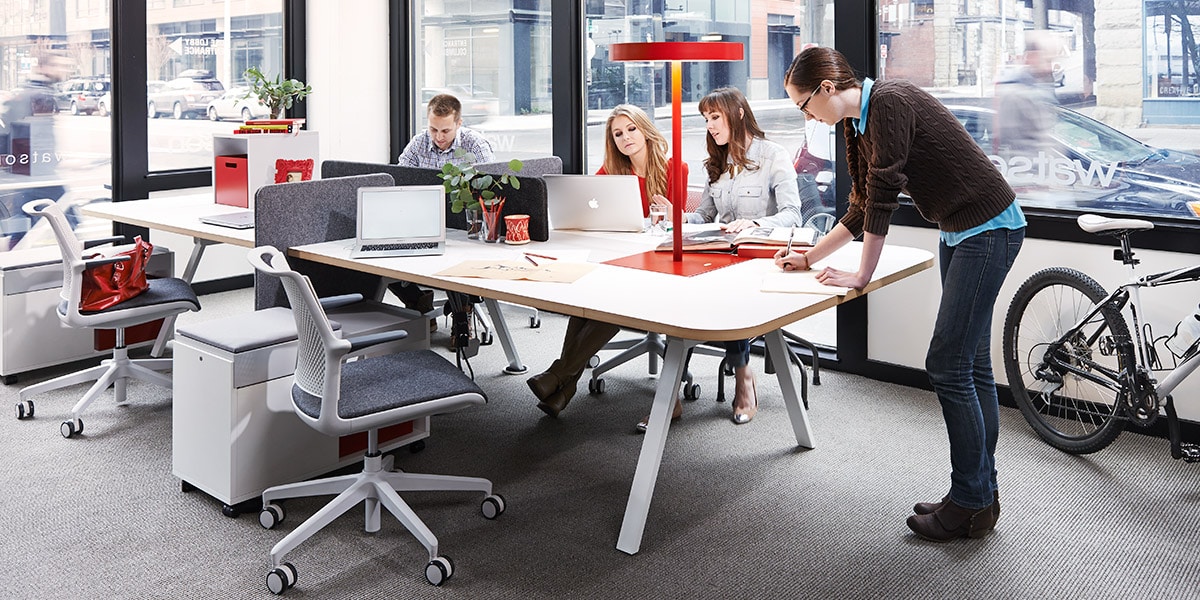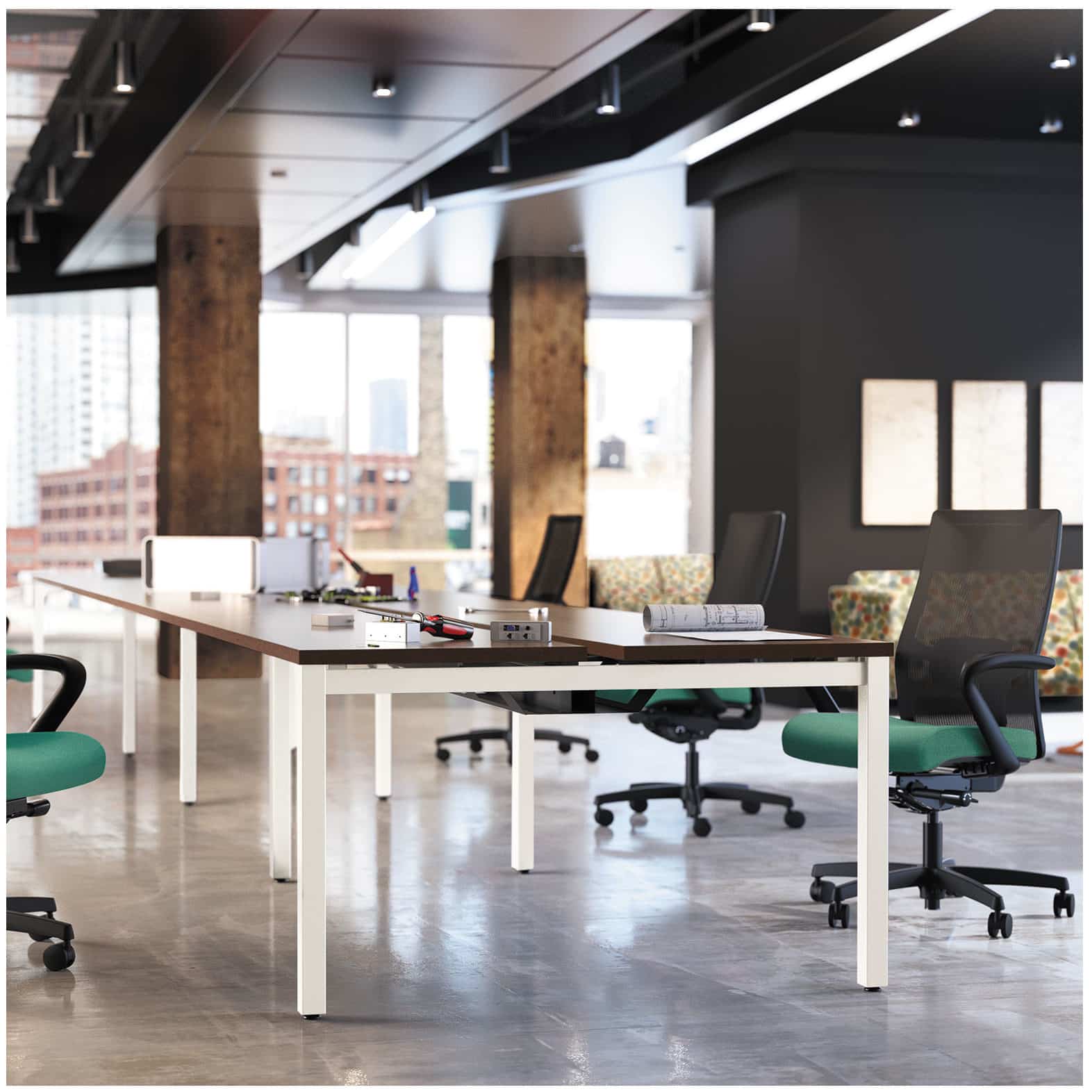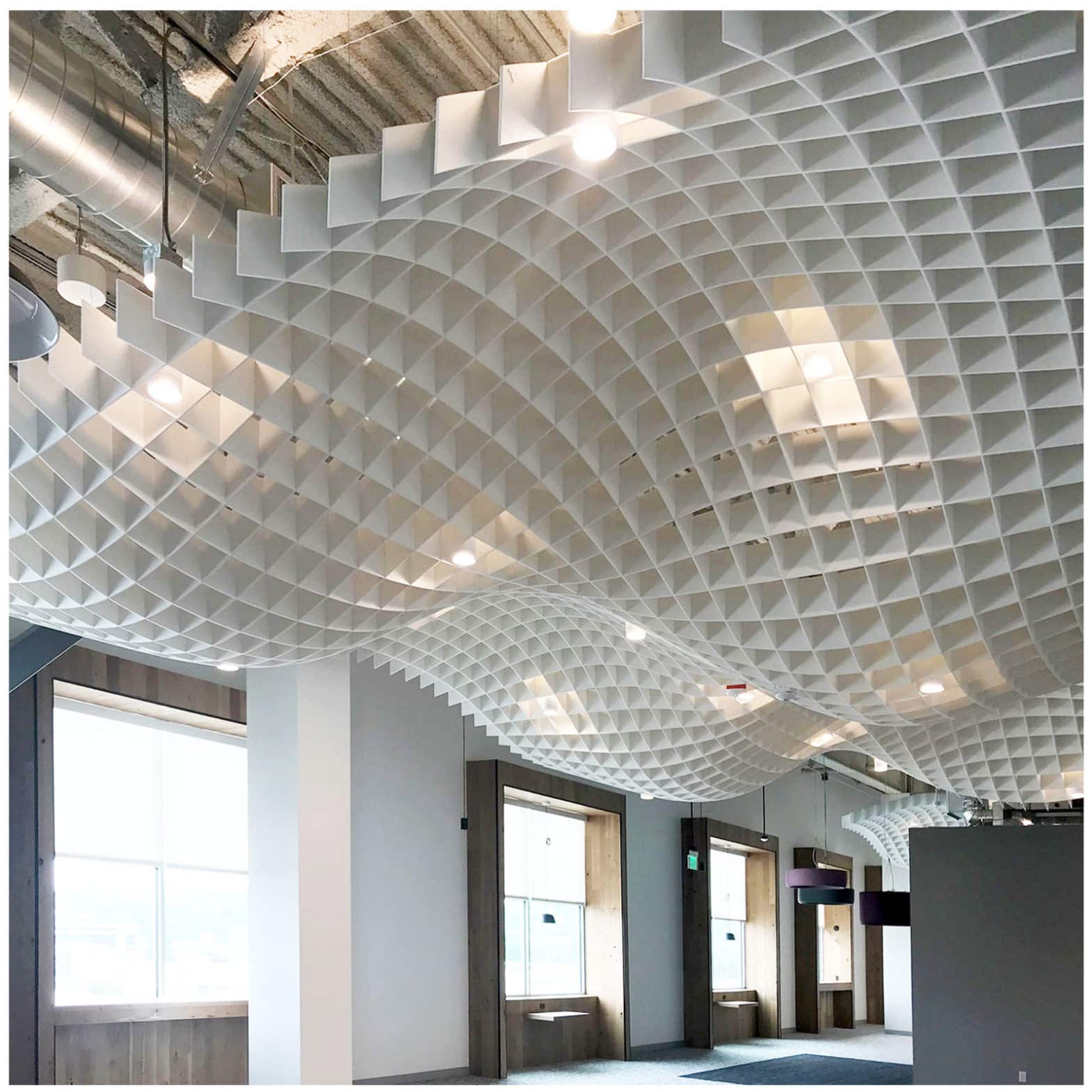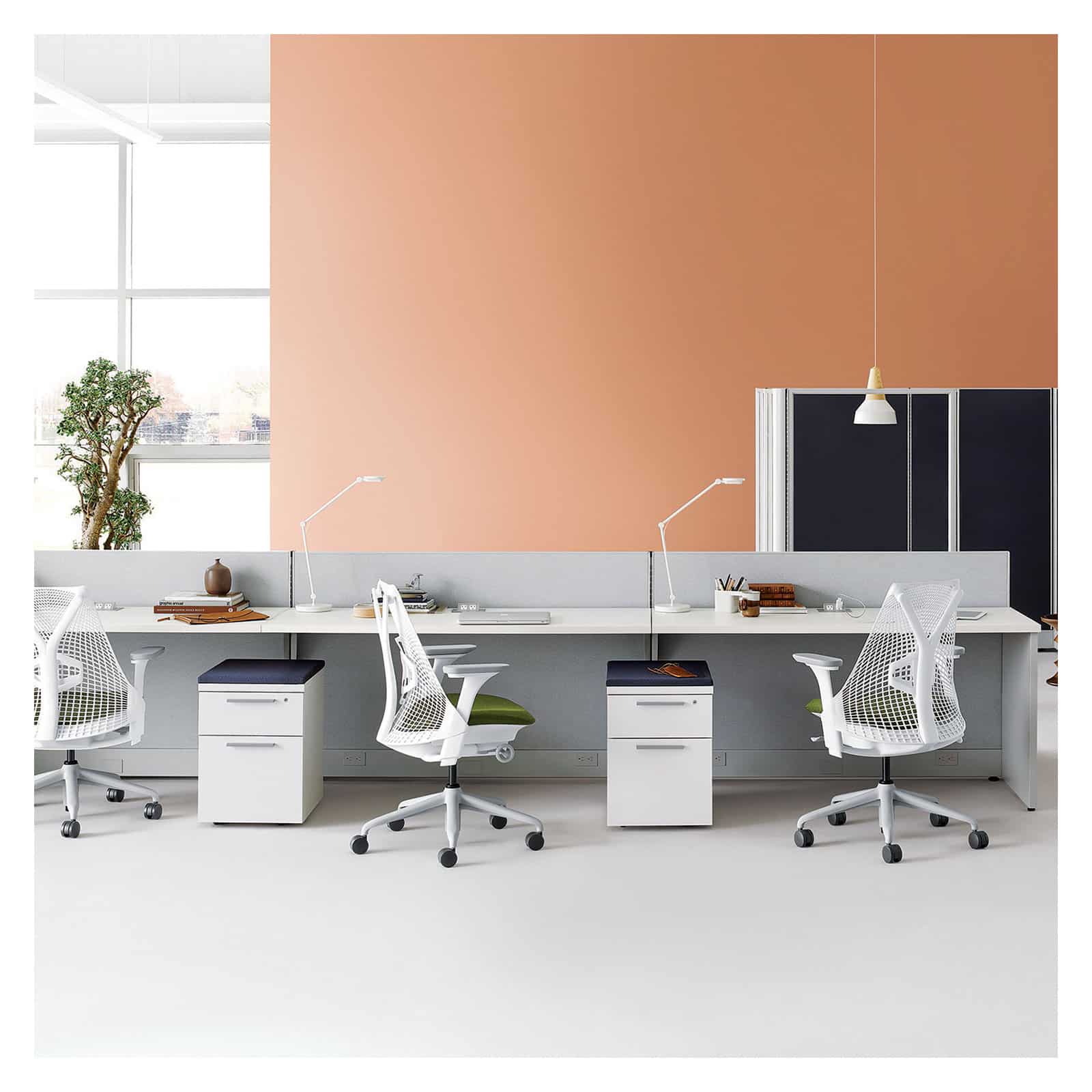In the bustling city of Los Angeles, where creativity and innovation thrive, the importance of an effective office design cannot be overstated. A well thought out workspace not only enhances productivity but also fosters collaboration and wellness among employees. This blog will explore how strategic office design can make a significant impact on productivity, cover key elements that contribute to an inspiring work environment, and provide actionable insights for businesses looking to optimize their office space in Los Angeles.
Understanding the Impact of Office Design on Productivity
The relationship between office design and productivity is often underestimated. Numerous studies highlight how a thoughtfully planned workspace can significantly elevate employee output. For instance, employees working in environments rich in natural light are proven to be more alert and focused. This connection between light, mood, and work performance fosters a vibrant atmosphere that nurtures creativity.
Moreover, the arrangement of furniture and the presence of communal areas can encourage collaboration. When employees feel comfortable in their surroundings, they tend to engage more freely with their colleagues, sharing ideas and collaborating on projects. Open-office concepts, when combined with quiet zones for focused work, strike a balance that contributes positively to an organization’s productivity.
Additionally, factors like color schemes and decoration play a pivotal role in how employees perceive their workspace. Lively colors can stimulate a sense of vitality, whereas muted tones can induce calm. It’s essential to understand how these elements work together to create a holistic office design that promotes productivity.
Key Elements of Smart Office Design
To create an effective office design in Los Angeles, several key elements must be considered. First and foremost is flexibility in seating arrangements. Workspaces that allow for both collaborative areas and individual workstations cater to the varying needs of employees. This flexibility enhances comfort and can lead to higher productivity levels.
Incorporating greenery into office interiors is another crucial element. Studies show that plants not only improve air quality but also boost employee morale. They bring a touch of nature indoors, creating a calming and pleasant environment that enhances focus and reduces stress.
Moreover, integrating technology seamlessly into the office space is essential for a smart design. From audio-visual systems for presentations to apps that control lighting and temperature, having technology that is easily accessible can streamline operations and allow employees to focus on their tasks without technical hiccups.
Creating Flexible Workspaces to Enhance Collaboration

Flexibility in the workplace today is not just a luxury; it’s a necessity. Creating adaptable workspaces that cater to different tasks and collaboration styles means employees can shift between individual-focused work and teamwork seamlessly. For instance, having movable furniture allows teams to configure their space based on the type of project they’re tackling.
Moreover, including various meeting spaces, from small pods for quick huddles to larger conference areas for brainstorming sessions, accommodates different group sizes and dynamics. This adaptability sparks creativity and innovation as employees feel empowered to work in ways that suit their needs best.
Additionally, incorporating technology into these collaborative spaces—like screens that easily connect to personal devices or interactive boards—enhances communication. When technology is user-friendly and available, it encourages participation and idea-sharing among team members.
The Role of Natural Light and Ergonomics in Office Design
Natural light plays a tremendously positive role in an office setting. Studies reveal that workspaces with abundant daylight lead to healthier employees, decreasing the likelihood of fatigue and increasing overall happiness. The strategic placement of windows or skylights can bring in that essential light, making the office a more inviting place.
In parallel, ergonomics cannot be overlooked. As employees spend long hours at their desks, the importance of ergonomic furniture becomes very apparent. Adjustable desks and well-designed chairs can prevent discomfort and long-term health issues, leading to a more productive workforce.
When natural light intertwines with ergonomic design, the workspace not only supports health but also enhances focus. Employees are more likely to engage with their work when they feel physically comfortable and have access to the soothing effect of daylight.
Incorporating Technology for an Efficient Workspace
In today’s fast-paced work environment, incorporating technology efficiently is crucial. The right tools can streamline operations and enhance collaboration. For instance, implementing cloud-based solutions allows employees to access documents and resources from anywhere, promoting a flexible work culture that many modern workplaces embrace.
Moreover, smart technologies, such as IoT devices that monitor energy usage and environmental comfort, can enhance the workspace further. These gadgets not only make the office more efficient but also contribute to sustainability efforts, which resonate well with many organizations in Los Angeles.
Ultimately, the integration of technology should prioritize ease of use. Providing seamless tech experiences fosters a positive atmosphere where employees can focus on their core responsibilities without unnecessary distractions.
Case Studies: Successful Office Designs in Los Angeles
Examining successful office designs in Los Angeles showcases the tangible benefits of smart design principles. Take a look at Company X, which revamped its office layout to enhance collaboration. By introducing open spaces coupled with soundproof meeting rooms, they quickly noticed a jump in team productivity and morale.
Another notable example is Company Y, known for its use of biophilic design, integrating nature throughout the office. This not only improved air quality but also created an inviting atmosphere that employees greatly appreciated. The result was a significant drop in absenteeism and an increase in overall satisfaction.
These case studies illustrate that well-executed office design is not just about aesthetics; it directly influences productivity and employee wellness. Learning from such success stories inspires other businesses in Los Angeles to embrace similar strategies.
Tips for Implementing Smart Office Design in Your Business
Implementing smart office design may seem daunting, but it can be approached step by step. First, assess the current workspace and collect employee feedback. Understanding their needs can inform what improvements are necessary. This collaborative approach not only involves employees but fosters a sense of ownership.
Moreover, begin with small changes that have a direct impact—like rearranging furniture for better flow or incorporating more greenery. These adjustments can have immediate positive effects, encouraging further transformations.
Lastly, always keep an eye on future trends in office design. As workplace dynamics evolve, remaining flexible and adaptable allows your business to stay ahead of the curve, ensuring that the office space continues to meet the needs of your workforce effectively.
Embracing Smart Office Design for a Productive Future
By integrating smart office design principles, businesses in Los Angeles can create environments that not only boost productivity but also enhance employee satisfaction and engagement. Understanding the unique needs of your workforce and aligning them with the right design elements will set the foundation for a thriving workplace.




